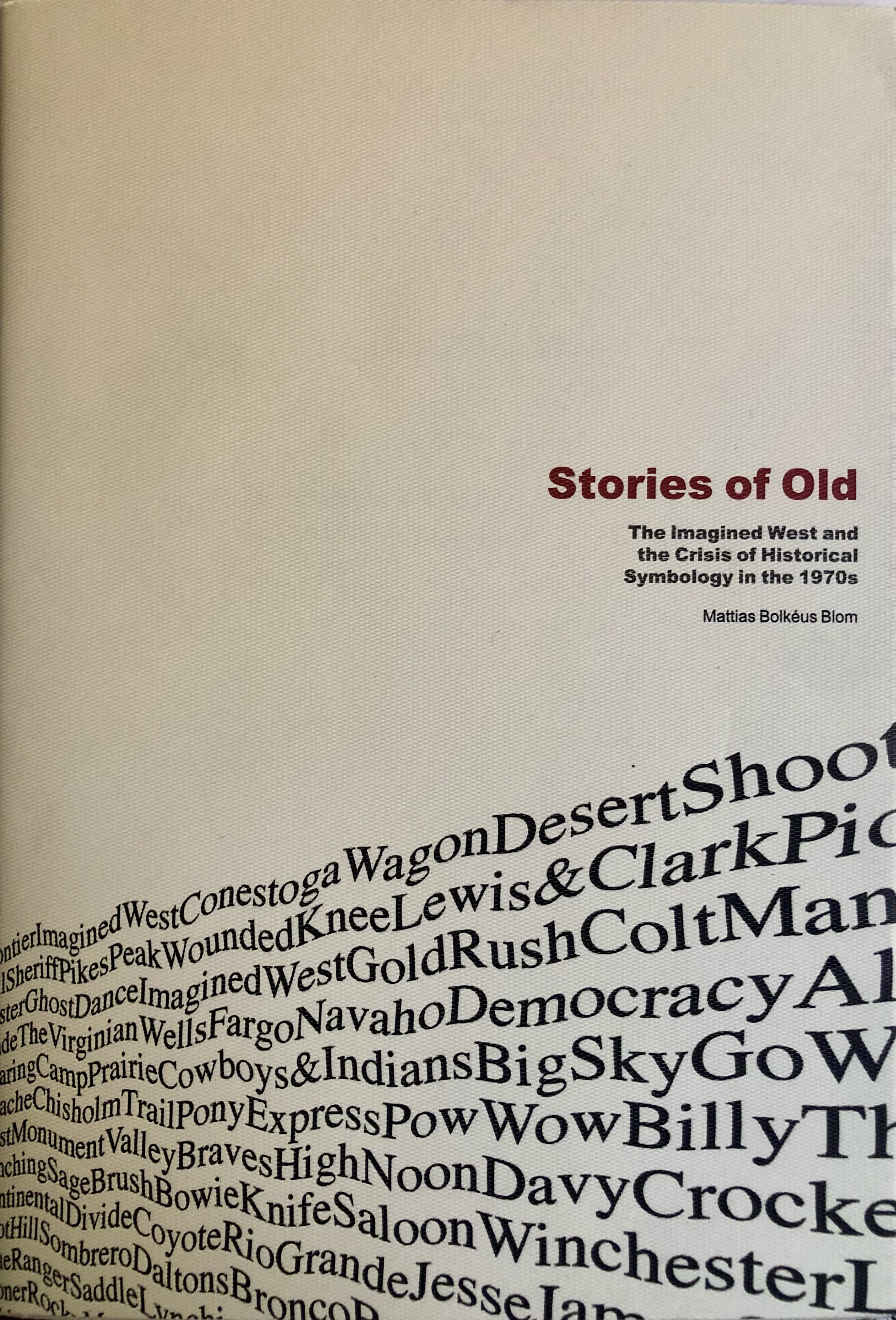For all the criticism that has been leveled against cultural representations of the American West, ideas of the westward expansion and its significance have remained powerful impulses for the negotiation of history and identity. Such notions of the past, and the cultural symbology with which they can be expressed, are more or less available to writers and other cultural agents for employment in political, cultural, or literary discourse. Understood in this way, the imagined West, to use Richard White's term, has continued to supply material that affirms or contests political and ideological change. The rejection of the conventionally imagined past in the 1970s provided writers with an opportunity to re-formulate historical representation and to make sense of history anew. Thus the imagined West reinforced its paradoxical status in American culture as a symbolic resource that signifies both historical inertia and constant change.
This study investigates representations of the West as they appear in the literary discourse of the 1970s. In readings of four non-genre texts, Don DeLillo's Americana (1971), Robert Coover's The Public Burning (1977), Joan Didion's The White Album (1979), and Tom Wolfe's The Right Stuff (1979), this study situates the cultural symbology of the West in a historico-political, cultural, and literary context. The study shows how these four writers utilize preconceptions about the meaning of the past, at the same time as they reshape that past to fit their own literary and ideological strategies. They do so by incorporating into the texts elements of historical representation and their ideological constituents, or ideologemes. Taken together, these texts are seen to illustrate the trajectory of the imagined West during a time of critical negotiation of American history.


